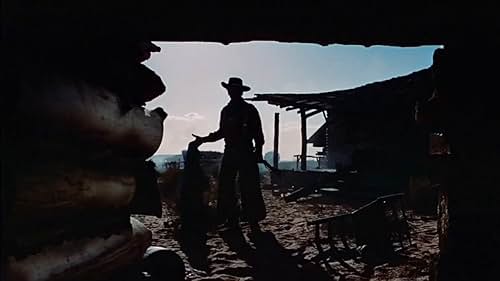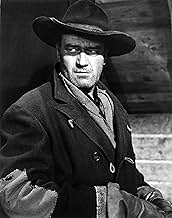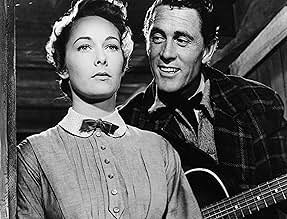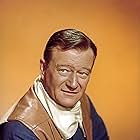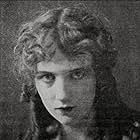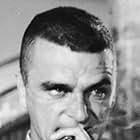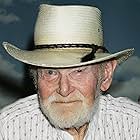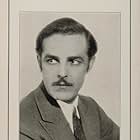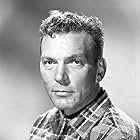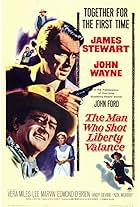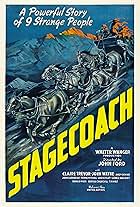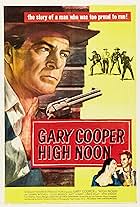An American Civil War veteran embarks on a years-long journey to rescue his niece from the Comanches after the rest of his brother's family is massacred in a raid on their Texas farm.An American Civil War veteran embarks on a years-long journey to rescue his niece from the Comanches after the rest of his brother's family is massacred in a raid on their Texas farm.An American Civil War veteran embarks on a years-long journey to rescue his niece from the Comanches after the rest of his brother's family is massacred in a raid on their Texas farm.
- Awards
- 4 wins & 5 nominations
Patrick Wayne
- Lt. Greenhill
- (as Pat Wayne)
- Director
- Writers
- All cast & crew
- Production, box office & more at IMDbPro
Storyline
Did you know
- TriviaConsidering the part of Ethan Edwards to be the best character that he ever portrayed on-screen and The Searchers (1956) to be his favorite film role, John Wayne named his youngest son Ethan Wayne in homage.
- GoofsThe "dead" Indian under the rock, when the rock is removed, is clearly breathing.
- Crazy creditsThe credits state this Warner Brothers film is in VistaVision; this may be the only Warner film in VistaVision.
- ConnectionsEdited into Histoire(s) du cinéma: Fatale beauté (1994)
- SoundtracksThe Searchers (Main Theme)
Composed by Max Steiner
Lyrics by Stan Jones
Sung by Sons of the Pioneers (uncredited)
Featured review
About ten minutes into the film, there is a shot which begins with Captain Clayton (Ward Bond) slamming a door behind two children who were teasing two young lovers, Lucy and Brad. There follows a wordless interior shot, lasting maybe a minute, wherein Aunt Martha takes out Ethan's Confederate overcoat, tenderly caressing it before she hands it to Ethan. I noticed the sequence when I recently watched the film again, and I had to rewind and play it once more because I found it so stunning--all of the information and emotions conveyed without a word. I'd watched the film previously maybe a dozen times and had never noticed the power of this sequence.
Don't for a second tell me that Ethan is a stereotype, because there is so much more at work here. Obviously we are not supposed to sympathize with Ethan's prejudices, but notice that Ethan is not the only one who feels that way. Laurie (not at all disapprovingly) tells Martin that Aunt Martha would have preferred her daughter to be killed after being defiled. Interestingly, Martin is one-eighth Cherokee, which under the old racial percentages of the Confederacy would make him the equivalent of an octoroon, and therefore non-white. Martin's intended marriage to Laurie, on racial terms, would have been as taboo as Debbie marrying Scar: Laurie believes that death is preferable for Debbie, but she intends to do likewise with Martin. The contrast is that Debbie was abducted, whereas Laurie would willingly go. And note at the end that Laurie walks right by Debbie, as she heads for Martin.
The final shot is famous, but I noted the doorway theme throughout the film: the message of an open or closed door, whether the character enters the door or just looks in, at other times, the character is inside looking out. And all of this in a 50's western.
The movie is not perfect: I could have done without some of the comic relief. However, this is John Wayne's best work (The Shootist is a close second). Those who think this is the best film of all time have good reason to support their belief.
Don't for a second tell me that Ethan is a stereotype, because there is so much more at work here. Obviously we are not supposed to sympathize with Ethan's prejudices, but notice that Ethan is not the only one who feels that way. Laurie (not at all disapprovingly) tells Martin that Aunt Martha would have preferred her daughter to be killed after being defiled. Interestingly, Martin is one-eighth Cherokee, which under the old racial percentages of the Confederacy would make him the equivalent of an octoroon, and therefore non-white. Martin's intended marriage to Laurie, on racial terms, would have been as taboo as Debbie marrying Scar: Laurie believes that death is preferable for Debbie, but she intends to do likewise with Martin. The contrast is that Debbie was abducted, whereas Laurie would willingly go. And note at the end that Laurie walks right by Debbie, as she heads for Martin.
The final shot is famous, but I noted the doorway theme throughout the film: the message of an open or closed door, whether the character enters the door or just looks in, at other times, the character is inside looking out. And all of this in a 50's western.
The movie is not perfect: I could have done without some of the comic relief. However, this is John Wayne's best work (The Shootist is a close second). Those who think this is the best film of all time have good reason to support their belief.
Details
Box office
- Budget
- $3,750,000 (estimated)
- Gross worldwide
- $1,071
- Runtime1 hour 59 minutes
- Color
Contribute to this page
Suggest an edit or add missing content





